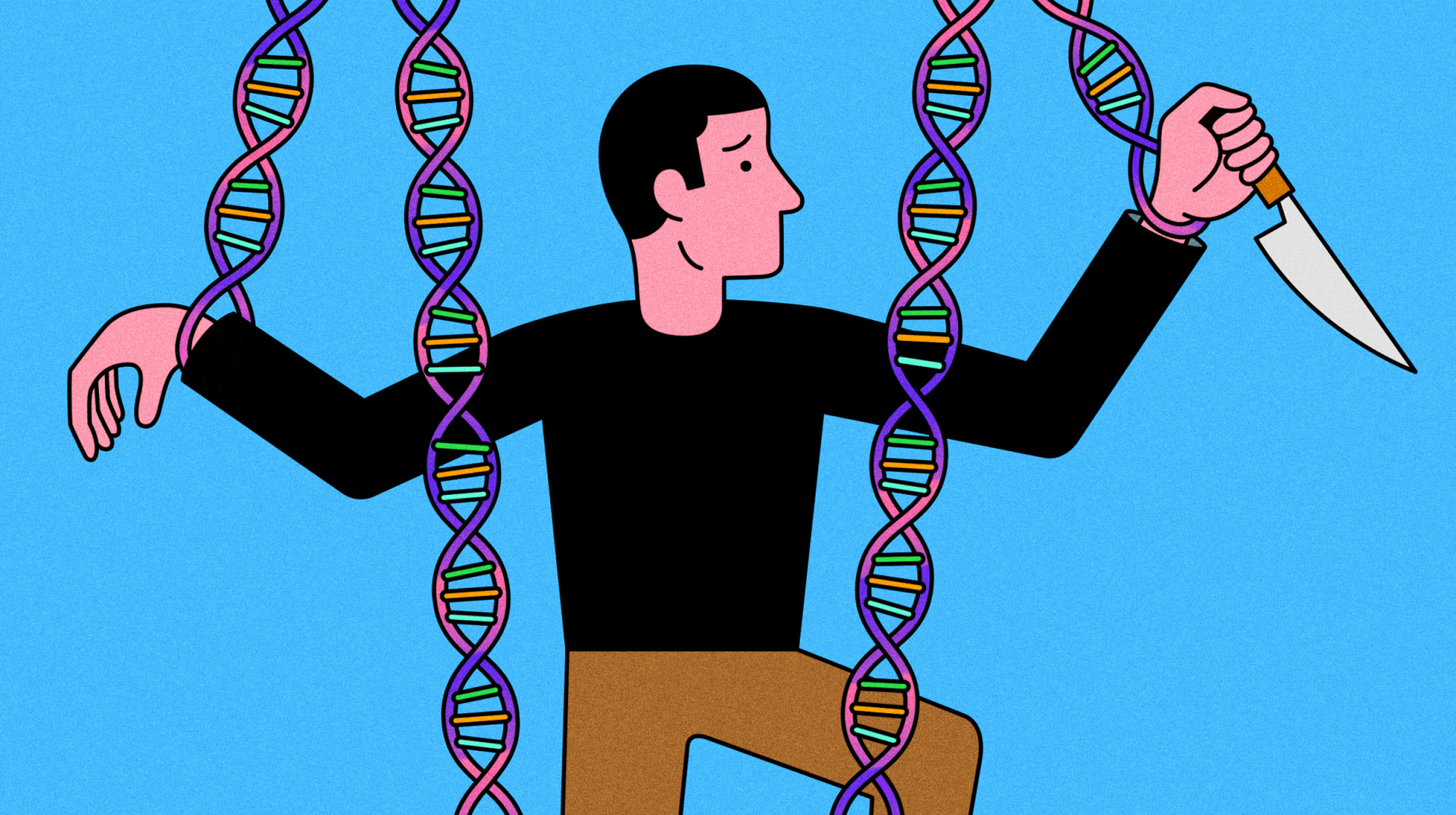
Mr. Schuppe’s story focused on the criminal defense of a man named Anthony Blas Yepez who was convicted of second degree murder and also suffered from a rare genetic abnormality linked to sudden violent outbursts. Here, Yepez discovered that a genetic deficiency — a variant of a gene named MAO-A, which regulates aggressive behavior in men — along with abuse he had suffered as a child were partly to blame for his crime. As of now, the New Mexico Supreme Court is considering whether Mr Yepez’ appeal on the issue of whether he was in control of himself when he committed the crime.
The court’s decision — still months away — could accelerate a trend in the criminal justice system: the use of behavioral genetics and other neuroscience research, including the analysis of tumors and chemical imbalances, to explain why criminals break the law. The rapidly developing field is forcing officials to confront new questions about how changes in the brain influence behavior — leading some to rethink notions about guilt and punishment.
According to Schuppe’s article, this cutting-edge evidence, collected through brain scans, psychological exams and genetic sequencing, has been deployed in a range of ways: to challenge whether a defendant was capable of premeditated murder, whether a defendant was competent to stand trial, whether a defendant should be put to death. Most of those attempts to use neuroscience as a defense have failed, researchers say. But some — about 20 percent, according to one study — have worked, winning defendants new hearings or reversals of convictions.
Mr. Yepez’s genetic mutation was first documented in 1993 in members of a Dutch family with a severe version that has since been found in a handful of families worldwide. There are less extreme, and less rare, versions that have been linked to an increased risk of criminal convictions — but only among men who also suffered from abuse as children. Some researchers began dubbing MAO-A the “warrior gene,” a term that was picked up by documentary filmmakers, talk show hosts and consumer-DNA testing companies.
Mr. Yepez’s defense attorney Ian Loyd went online and found a commercial genetic testing company, FamilyTreeDNA, that charges $99 to determine if someone has the MAO-A deficiency. He had one of his investigators visit Yepez at the Santa Fe County jail, where he swabbed Yepez’s cheek for cells. A few weeks later, the results came back positive.
At trial, attorney Loyd tried admitting the evidence to the jury. Unfortunately, the trial judge suppressed the evidence. Afterward, the jury ─ unaware of Yepez’s genetic mutation ─ convicted him of second-degree murder. The judge sentenced him to 22 years in prison. His lawyers said they hope the state Supreme Court will grant him a new trial, this time using the genetic evidence to help explain the killing.
Helen Bennett, the lawyer representing Yepez before the state Supreme Court, said the case will test how neuroscience is complicating determinations of whether someone intended to commit a crime.
“These genetic markers and the way we’re learning how they operate in the brain makes the determination of intent much more nuanced,” Bennett said.
A GROWING STRATEGY
According to Schuppe’s article, the growth of neuroscience evidence — typically in the form of brain scans and psychological tests — dates back about three decades. It has most often been used to seek leniency for juveniles or against the death penalty for killers. But the strategy has expanded to a wider set of cases.
Behavior is determined by a multitude of forces within the brain, with genes only providing a starting point, researchers say. A person’s experiences or environment play a large role. And it’s difficult to show a direct cause and effect involving a particular condition.
“Year after year, more and more criminal defendants are using neuroscience to bolster their claims of decreased responsibility for their criminal conduct and decreased moral culpability relevant to their sentencing,” said Nita Farahany, a law and philosophy professor at Duke University who wrote in a study published in the January issue of the Annual Review of Criminology.
Many scientists and researchers point out that prosecutors, too, might one day seize on neuroscientific evidence, using it to argue that a defendant is dangerous and should be punished harshly.
My opinion? It’s utterly fascinating how our advancements in science can magnify and cross over into actual defenses in criminal law. Is it nature, nurture or a combination of both which leads people to commit crimes?
Please contact my office if you, a friend or family member are charged with a crime and a brain abnormality may be the cause. I’ve achieved excellent results for clients having diagnosable brain injuries and/or suffered from other medical issues like slow-wave sleep, which is a sleepwalking disorder associated with violent behavior. These medical ailments, and others like them, can support a Diminished Capacity defense.












